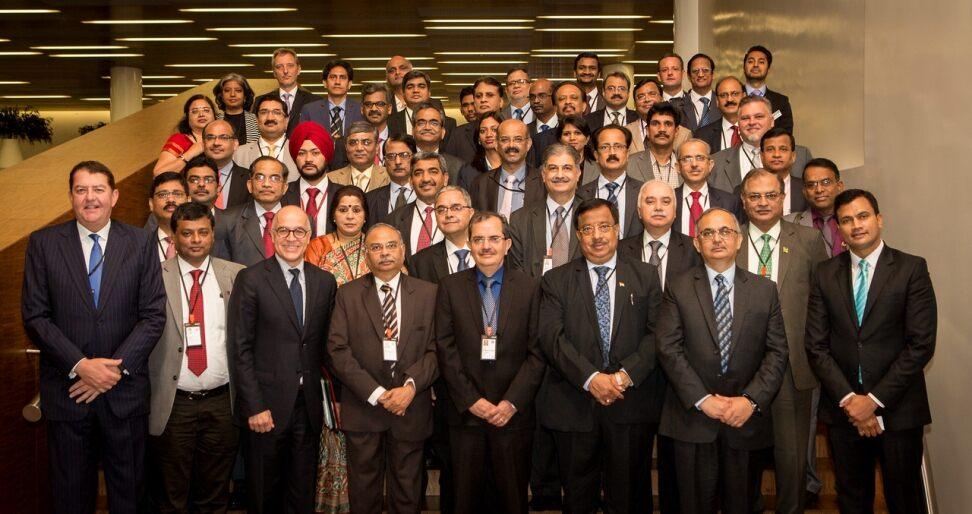Since going live in March, SWIFT’s initiative to support domestic financial messaging in India is bearing fruit, says SWIFT India CEO, Kiran Shetty

In May 2016, SWIFT India Domestic Services (SWIFT India) appointed Kiran Shetty as its CEO. SWIFT India is a joint venture between SWIFT and the Indian banking community created to deliver high quality domestic financial messaging services. Prior to joining SWIFT, Shetty served as managing director and regional vice president, India & South Asia, for Western Union. Earlier this year, he received the National Award for E-Governance (driving financial inclusion), from the Government of India. “Since we went live in March, overall traffic growth for SWIFT India has been very promising,” says Shetty. Since then, we have also brought on board new corporate flows. “Tata, one of the largest corporates in India, has gone live on our messaging platform and Reliance, another large corporate, is set to go live at the end of September. Three banks are also currently using it for their corporate messaging traffic,” he adds.
Compared to cross-border traffic from India, domestic growth has been phenomenal, says Shetty, but, he warns, comparisons can be misleading. “Domestic flows have only just begun, while SWIFT has been offering crossborder messaging services in India for over 20 years,” he says. In time, however, Shetty expects absolute domestic volumes to overtake international messaging from India, simply given the fact that the Indian economy is growing at an accelerated pace. “We have a huge population and a mandate from the government to move from paper-based financial flows to digital platforms,” he says. “We therefore expect volumes to continue growing at a very rapid pace.”
What distinguishes SWIFT India is not so much the services available on the platform, but its ownership structure. “If you look at the SWIFT platform, the levels of service we provide are uniform across the globe,” says Shetty. “The difference in India largely comes from our regulatory environment. Since domestic messaging information cannot be passed outside the country, we have replicated our operating centre capability within India. The local banking community also has a significant ownership stake in SWIFT India and this gives them an added incentive to drive volumes through the SWIFT channel.”
For the year ahead, Shetty has set himself three clear priorities. One is to expand the domestic client base. “We want to get more and more banks and corporates to subscribe,” he says. The second is to accelerate integration. “When we sign up new banks or corporates, we need to make sure we are able to get them integrated quickly,” says Shetty. Finally, he is keen to move existing manual processes onto SWIFT’s digital platform.
Shetty sees Sibos as an opportunity for SWIFT’s Indian community to engage with broad global issues within the SWIFT ecosystem, while also exposing potential counterparts worldwide to India’s approach to community organisation. Shetty would, for example, encourage participants from India to participate actively in the various cyber-security sessions during the week. “We are introducing a number of new initiatives in this regard and I would urge our participants to go and learn more about these,” says Shetty. At the same time, potential counterparts of Indian banks can learn more about the Indian business and financial environment. “The Go Local India model is unique and very exciting,” he says. “It shows that SWIFT is very focused on its communities and is willing to adapt its models to help meet specific needs. I’d be very happy to answer questions from others about how our approach is adding value to our own community.”

